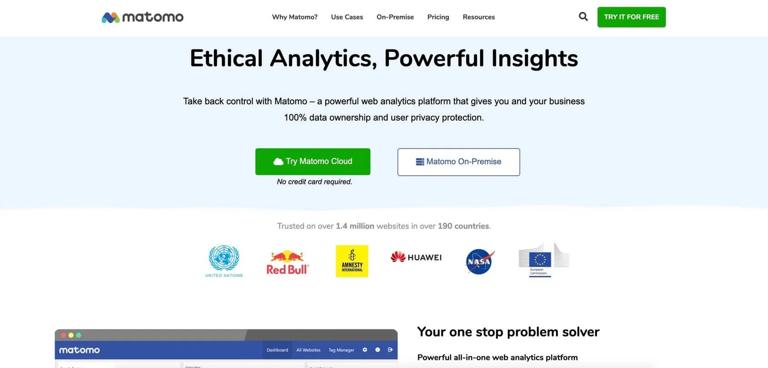
Risk Management Tips for Budget Prop Firm Tests
Trade smart, protect your capital, pass the test.
Imagine this — you’re sitting at your desk, coffee in hand, watching the EUR/USD chart line wiggle like it’s dancing to its own beat. It’s the final week of your budget prop firm challenge, and every tick feels personal. You don’t have unlimited funds — one wrong move and you’re out. Prop trading can feel thrilling, but without a tight grip on risk, it can turn into an expensive lesson. The truth is, passing these budget-friendly tests isn’t about throwing Hail Mary trades or chasing moonshots. It’s about discipline, intelligent risk management, and knowing when not to trade.
Why Risk Management is the Game-Changer
A lot of traders sign up for low-cost prop firm challenges thinking, “I just need a few big wins to pass.” Reality check: the firms are testing consistency, not luck. Risk management keeps you in the game when the market isn’t cooperating. Taking multiple small losses within allowed limits beats blowing the account on a single oversized position.
As traders say, “It’s not about how much you make, it’s about how much you don’t lose.” Those who understand this philosophy tend to outlive the gamblers in the prop firm ecosystem.
Key Tips for Passing Budget Prop Firm Tests
1. Size Your Positions Like You’re Protecting Your Life Savings
When trading with limited capital, over-leveraging is the fastest way to fail. Risking 1–2% per trade protects you from emotional spirals when a position goes against you. For example, if your test account is $10,000, risking $100–200 max per trade keeps damage under control.
2. Track Your Drawdown Religiously
Budget prop tests have strict daily and overall drawdown rules. If you’re near the limit, stop trading. The market will still be there tomorrow. Treat the drawdown line like the guardrail on a mountain road — it’s there for a reason.
3. Trade What You Truly Understand
Sure, crypto looks exciting and gold’s volatility feels like an opportunity, but if your winning streak is in forex, stick to it for the test phase. Specialization is underrated — prop firms prefer traders who can handle one market extremely well rather than dabble in too many and get blindsided.
4. Use Decentralized Finance Carefully
If you’re experimenting with DeFi platforms during your challenge, ensure liquidity and execution speed won’t cause slippage beyond acceptable loss margins. Decentralized trading is promising — smart contracts and tokenized collateral might eventually allow cross-asset trades without intermediaries — but for now, network congestion or wallet misconfigurations can ruin a position before you realize it.
5. Lean on AI but Keep Your Judgment
AI-driven trading bots can analyze patterns in seconds, but they’re still tools, not crystal balls. Use them to screen setups, but make the final call yourself. The firms are hiring decision-makers, not button-pushers.
Asset Classes and Risk Differences
- Forex – High liquidity, frequent opportunities, but watch for overnight geopolitical shocks.
- Stocks – Earnings season can cause massive gap risks; stick to high-volume tickers and avoid penny stock traps.
- Crypto – Extreme volatility can either accelerate passing your test or destroy your account in hours. Tight stops are your best friend.
- Indices – Easier to forecast around macroeconomic events, but position sizes can get large quickly.
- Options – Tempting for leverage, but expiration decay is a silent killer if you miscalculate.
- Commodities – Oil, gold, and agricultural futures move in response to seasonal and geopolitical pressure; hedge accordingly.
Picking an asset class that fits your trading personality greatly reduces exposure to “unknown unknowns.”
Navigating the Future of Prop Trading
Prop trading is evolving — decentralized liquidity pools, cross-chain settlement, and smart contract-based executions might become standard. Imagine passing a prop test while trading tokenized commodities against stablecoins, all while AI models monitor risk parameters live.
But challenges remain: regulatory clarity, network latency on blockchain-based execution, and ensuring compliance across jurisdictions. The upside? Traders who adapt early will have a competitive edge when traditional and decentralized markets merge into one global playing field.
The Bottom Line
Budget prop firm tests aren’t about proving you can predict the market; they’re about showing you can survive it. Develop a habit of cutting losses early, sizing positions responsibly, and trading only under favorable conditions. The firms want traders who think like portfolio managers, not gamblers.
Slogan: Pass the test, protect your capital, own your future.
If you want, I can also create a short, high-conversion version of this as a landing page blurb so it works for social media snippets and gets traders curious fast. Do you want me to make that next?